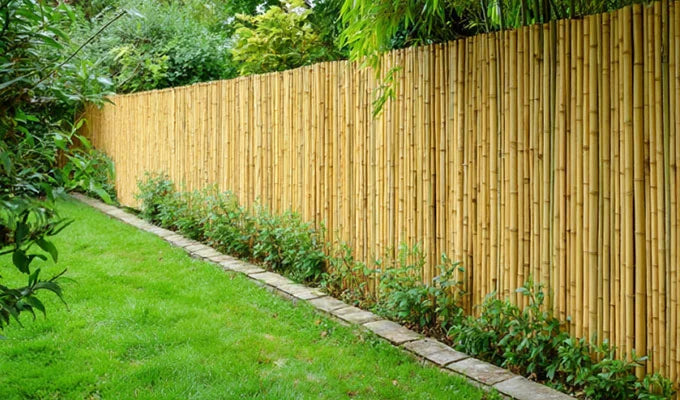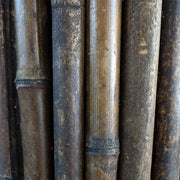Woven Willow Screens: Tradition & Style
The use of willow in landscaping and everyday construction can be traced back thousands of years. Early civilisations quickly discovered the unique properties of willow: it grows rapidly, is incredibly flexible when young, and is surprisingly durable when properly dried. In Ancient Egypt, willow was woven into baskets and used in constructing structures for practical purposes, such as fencing and erosion control.
In medieval Europe, willow was widely utilised for crafting wattle fences. These fences, created by weaving willow branches around stakes, formed a practical solution for containing livestock, marking property boundaries, and shielding homes from the elements. The natural abundance of willow along rivers and wetlands made it a readily accessible resource for many communities.
The Evolution of Willow Screening in Europe
Willow screening became particularly popular in England and other parts of Europe during the 16th and 17th centuries. As gardening grew into a refined art form throughout this period the desire for well-maintained and aesthetically pleasing landscapes increased. Willow, with its rustic yet elegant appeal, fit perfectly into these evolving garden designs.
The craft of weaving willow into screens and panels developed into a skilled trade, passed down through generations. In traditional English cottage gardens, willow screening was often used to create natural partitions, adding privacy and structure without detracting from the beauty of the surrounding flora. The woven texture of willow screens complemented flowering plants and climbing vines, allowing gardeners to create intimate, picturesque settings.
Willow: A Sustainable and Timeless Material





















